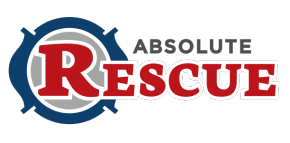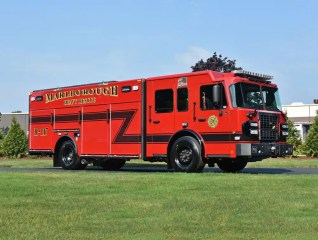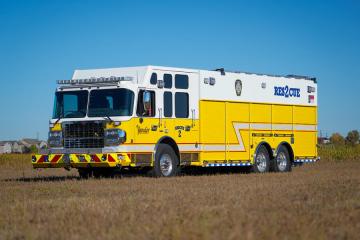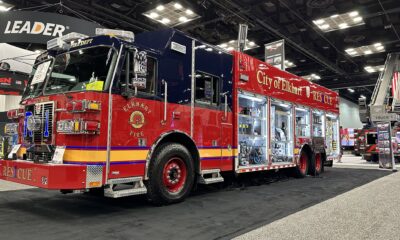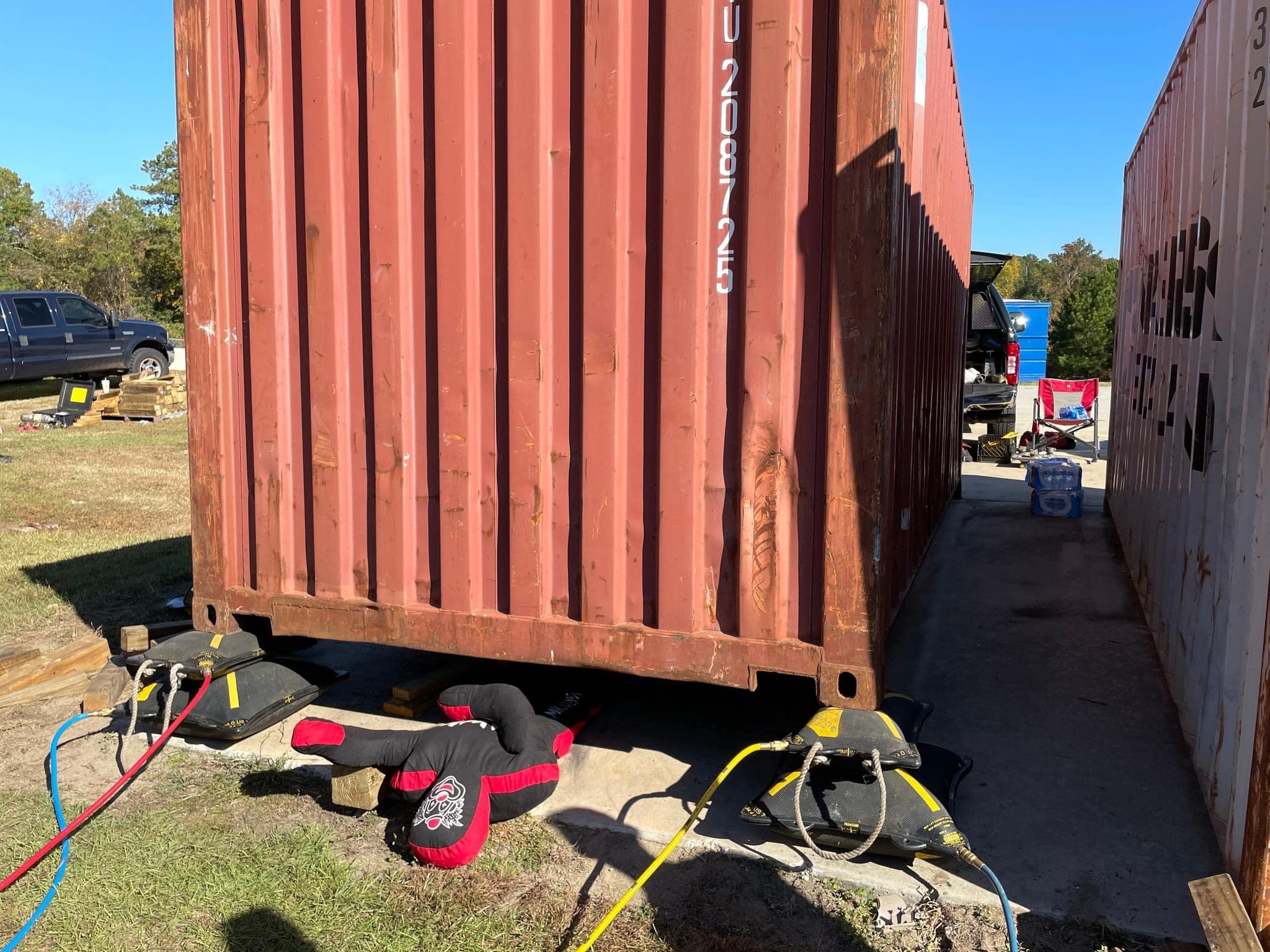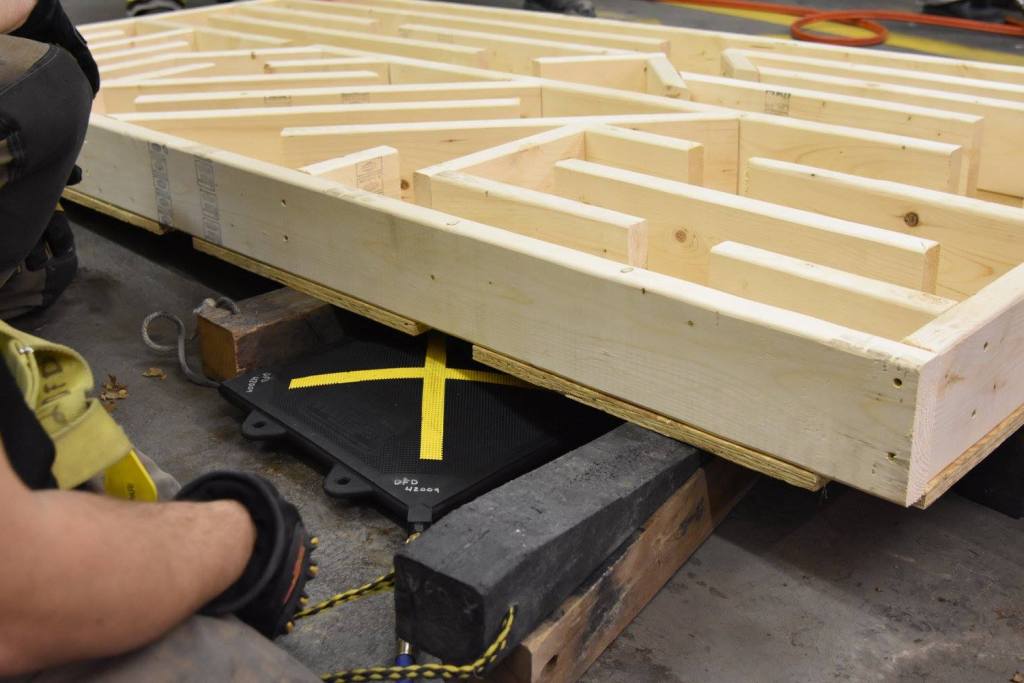
Photo Courtesy Sidewinder Photography
Story and Photos Courtesy Sidewinder Photography
This drill was created by past chief of the Defreestville Fire Department Richard French and Current Asst. Chief Michael Russell.
Lifting, Lowering, Stabilization Maze Rules
- Crew size will vary, due to staffing levels (Real world)
- In all cases, there will be an incident commander and safety officer assigned from each crew.
- The only forces to be applied to move or stop the ball are friction and gravity. Applied by appropriately raising, lowering, and stabilizing the maze.
- No touching the prop with your hands
- No touching the prop or the ball with a tool to get the ball to move
- No blowing the ball to get it to move.
- If you lift an inch, you crib an inch.
- Every lifting or lowering tool must be used inch, before a tool can be used a second time.
- If the instructor calls a “FREEZE” all actions is to immediately stop, and positions held until the direction is given to resume activity.
Lifting, Lowering, Stabilization Maze Helpful Hints
- Teamwork is paramount
- Clear communication between the crew is essential.
- Sometimes two lifts at the nearly simultaneous times are need to prevent the ball from becoming trapped.
- The IC needs to have a vision for where the ball needs to go. Multiple ideas may work, But which one is fastest and safest
- Suggestions are welcome, but the IC is in command and will provide the direction.
- The Safety officer is responsible for continually assessing proper tool utilization, and that shoring/cribbing is in place and appropriate.
- Crew understanding of equipment location and use is critical to a smooth operation.
- The spreaders may be fast, but the portapower, airbags, or a bottle jack may better for precision lifts.
Video
Gallery
Techniques
Heavy Stabilization & Lift Class
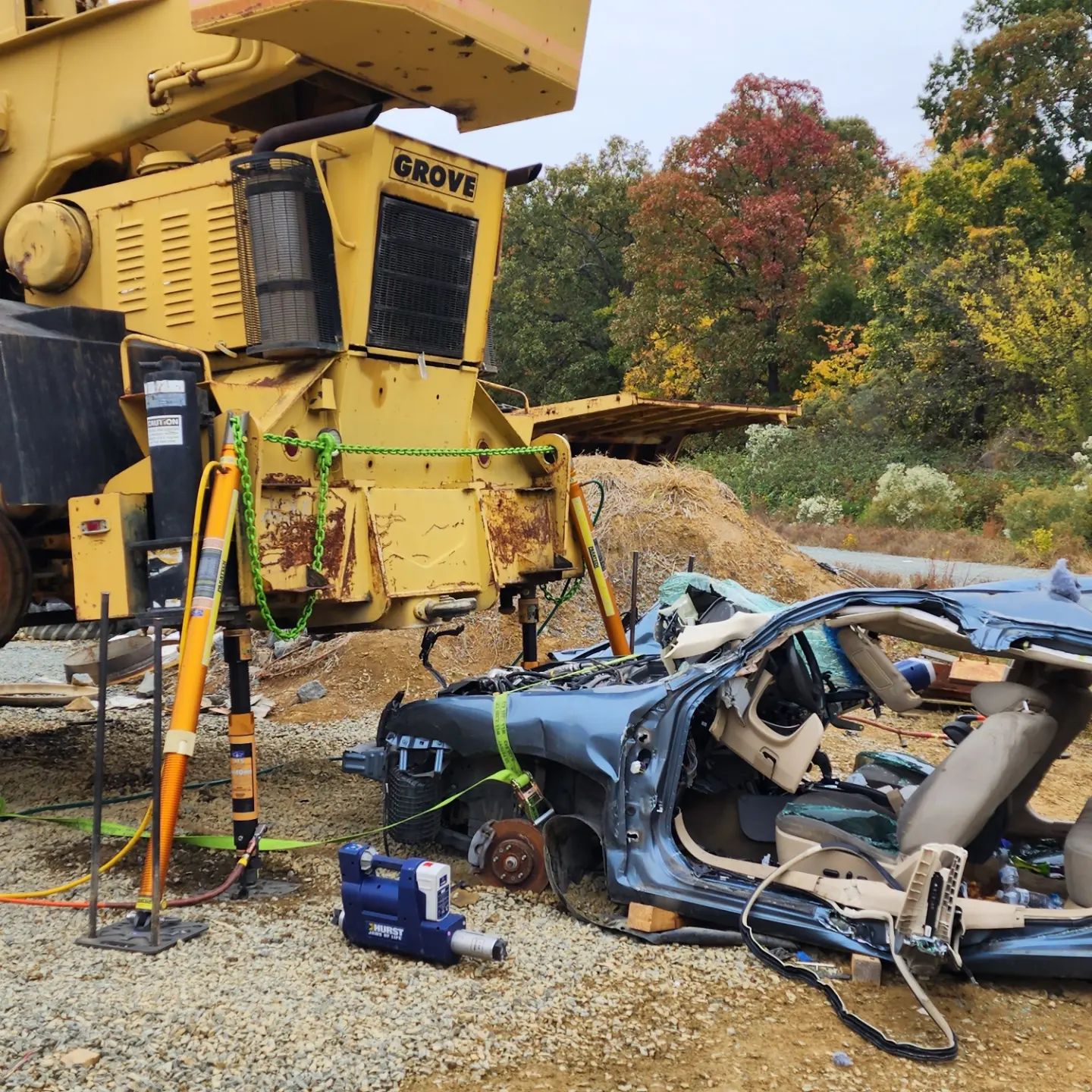
Heavy Stabilization & Lift Class
This weekend, Toranze Lee and Premier Extrication held their Heavy Stabilization and Lifting class taught. The class focused on advanced techniques using the Paratech equipment, eDraulic tools, grip hoists, vehicle stabilization methods, airbags for lifting, power tools, and the use of heavy wreckers for extrication.
Some of the departments that attended:
Techniques
North Carolina Extrication School
Heavy Rescue
Large Animal Rescue
Working with their past experince, the Patterson Fire Department’s completed their 4th horse rescue in the past several years.

Horse Rescue
Per the post from the Patterson Fire Department’s Facebook page:
At 0732, 25th of August 2021, the Patterson fire department was dispatched for a public assist to a local farm. Patterson’s heavy rescue, 22-6-1, arrived on scene and found a 31-year-old male horse, named “Dozer”, in distress. He had apparently fallen and managed to get himself stuck between a rock and a fence line. At first, the crew attempted to assist the horse in getting up by shifting his position. It became apparent that additional equipment was going to be needed to help Dozer out since he had become too exhausted to get up on his own. After some discussion, it was established that the best plan of action was to use a Paratech bipod system. It would be used as an artificial high directional with TU-32 griphoist’s assistance to lift the horse up. With a lot of sweat and effort, the crew was able to lift the horse up onto his feet. After some much-needed fluids and rest, we were happy to see Dozer trot away, unassisted.
An interesting fact, this is Patterson Fire Department’s 4th horse rescue in the past several years, all with successful outcomes.
Photos below from Andrew Akin
